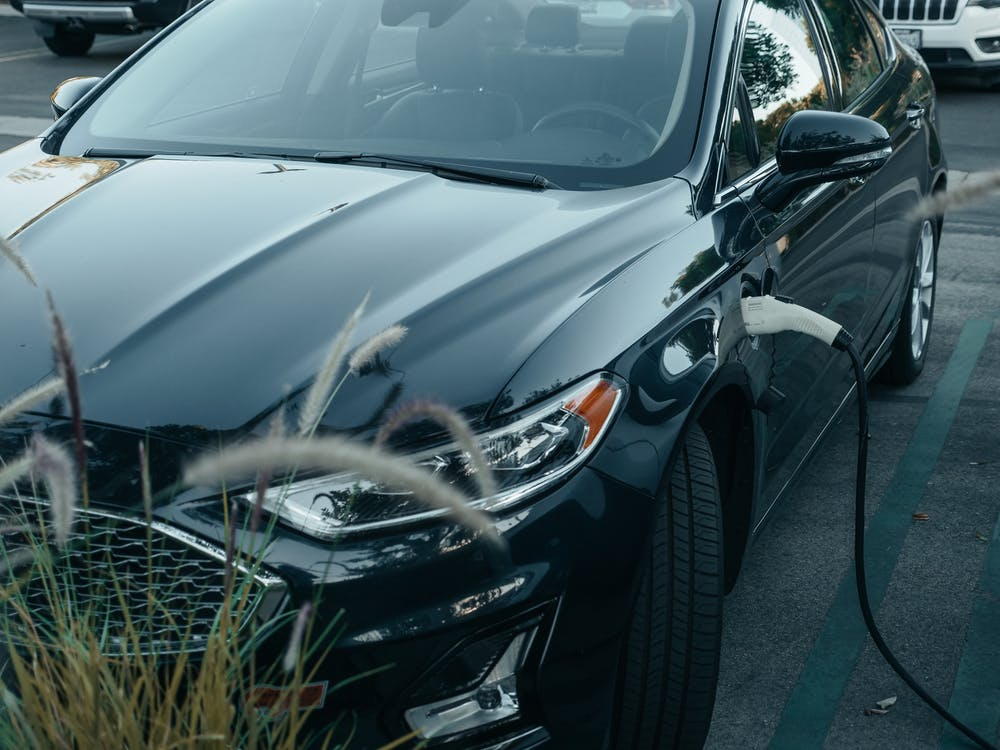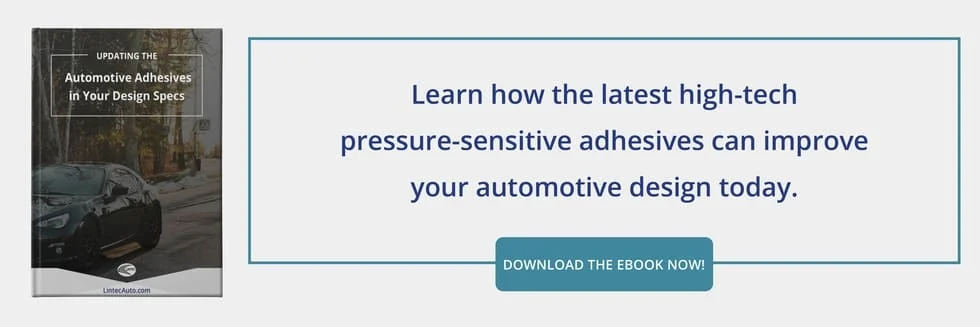Best Automotive Adhesives for the EV Engine Bay

Electrification of the automotive industry is having a huge impact on the adhesives market. The EV body experiences many of the same stresses and has many of the same material needs as a traditional ICE vehicle, several major differences emerge:
- Battery packs are heavy and EVs are less power dense than gas cars
- The level of heat in an EV battery or electric motor is lower than a traditional engine
- Many EV batteries and motors are assembled with adhesives
- Noise is both less and more of a concern (less engine noise, more noticeable ambient or road noise)
New electric vehicles depend heavily on lightweighting techniques to maximize range and to compensate for the heavy additional components required for this style of vehicle. Heat resistance is still important for adhesive around EV batteries and motors, but less of a concern than with combustion engines. One of the most important things an adhesive can bring to the EV body is a noise dampening and sound insulating property to minimize whining from electric drives motors and to keep ambient road noise out of the cabin.
4 Automotive Adhesives to Use in the EV Engine Bay
1. One-Component Epoxies
Adhesives based on acrylates and polyurethanes arent ideal for bonding components within an electric motor due to merely moderate strength and longevity. Epoxy resins, however, cure to strengths necessary for todays advanced electric motors and drivetrains. Epoxies can be effective motor adhesives for bonding in lamination stacks and fixing the magnets of IPMs as an alternative to mechanical clamping methods that have reached their limits. As an added benefit, epoxies can prevent contact corrosion (which rare-earth magnets are susceptible to) and offer impact resistance.
A heat-curing one-component style of epoxy has adequate bond strength at temperatures up to 220 C and can be deployed for continuous high-temperature applications in motors above insulation class H. Automakers also favor one-component resins for chemical resistance, gap-filling, and strong magnet bonding (they have excellent nickel-plated surface adhesion).
Heat curing takes roughly half an hour, and sometimes less on recent products.
2. Two-Component Epoxies
Larger components in the EV engine bay, battery packs, and drivetrain can benefit from two-component epoxies that are more economical and can be shipped, stored, and cured at room temperature.
The time required to reach final cure strength can be a disadvantage when working in a high-volume production environment. When cured with heat, this trait becomes more manageable roughly 10 minutes for handling strength, then an hour at room temperature to cure, and a few more hours to reach full final strength. Two-component epoxies are a strong choice for gap bridging and equalizing tensions from highly dynamic forces in the EV motors and the EV engine bay.
3. Foam Anti-Vibration Tapes
The vibration-damping properties of viscoelastic foam automotive tapes can help reduce noise and provide acoustic improvement. Automakers use anti-vibration tapes to combat noise, vibration, and harshness issues while also offering flex and better stress distribution for different thermal expansion coefficients in the plastic-laden EV engine bay.
Leverage these tapes as passive soundproofing and cushioning around battery and motor components and compartments to improve impact performance, regulate heat transfer, and provide a quieter, more comfortable ride.
4. Low Surface-Energy Label Ribbon
Because the EV engine bay is primarily a battery pack, it contains a much larger portion of plastics than ICE engines. Automotive labels must accommodate for this.
Caution, safety, and informational labels on these parts must cope with not only wide swings in environmental temperatures and many years on the road, but the qualities of low surface energy substrates. Polyethylene, PVC, and many other plastic or composite materials used to house and protect EV motors and battery packs are naturally resistant to adhesives because their low surface energy prevents wetting out and forming a solid bond.
Auto labels can cope with these surfaces using aggressive, tackified adhesives that are softer and able to spread across the surface in spite of LSE properties. Its also important to accommodate for out-gassing properties common to many plastics, which can cause bubbling, blisters, and peeling as the substrate releases gasses over time. The right cellular, breathable label films can allow out-gasses to pass through unhindered.
Selecting the Right Automotive Adhesives for EVs
Have questions about using adhesives in your EV project? Weve got answers! Get in touch with LINTEC Automotive today and well help you identify and select the perfect adhesives and materials for your application.

